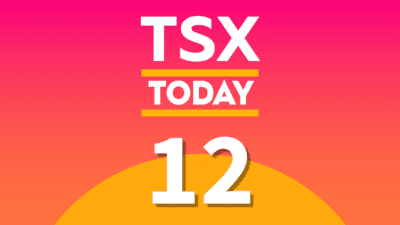Retirement planning can be like going to the dentist – its anxiety inducing to deal with and borderline painful at times. This is especially so if you’re new to the topic and don’t have a trusted expert to help you plan things out.
I’m not an expert, so I suggest retaining the services of a reputable fee-only financial planner when it comes to those matters. What I can discuss are some of the ways an investor can optimize their portfolio for retirement, especially if it’s still a few decades away.
Here are three of the best ways I would personally invest for retirement as a 27-year-old with a high risk tolerance using exchange-traded funds, or ETFs.
#1: All-in on the S&P 500
The latest SPIVA Scorecard from the S&P Dow Jones Indices showed that around 94.3% of all actively managed U.S. large-cap equity funds failed to outperform the S&P 500 index over the last 15 years. Next time the “financial advisor” at your local bank tries to sell you a pricey mutual fund, show them that.
As the saying goes, “If you can’t beat them, join them.” Given the difficulty of beating the S&P 500, I would take the easy way out and straight up invest in it. A great ETF for the job is the BMO S&P 500 Index ETF (TSX:ZSP), which charges a low 0.09% expense ratio.
#2: All-in on the world market
There is a problem with only investing in the S&P 500 – a lack of international diversification. While the U.S. market has strongly outperformed over the last decade, it has historically stagnated at times, and there is no guarantee this streak will continue over the next decade or longer.
To hedge against that, I’d consider an ETF like the iShares Core MSCI AC World ex Canada Index ETF (TSX:XAW), which also holds stocks from European, Asian, and Pacific countries like France, the U.K., Germany, Australia, China, and Japan for a 0.22% expense ratio.
#3: All-in using an asset allocation ETF
For a really lazy retirement investment, I’d consider buying the Vanguard All-Equity ETF Portfolio (TSX:VEQT). Think of this ETF as XAW plus another 30% in Canadian stocks, which has historically increased tax-efficiency and decreased currency risk.
VEQT is self-rebalancing, so you don’t have to worry about managing a complex stock portfolio. It’s also highly diversified with over 13,000 global stocks, which is insane when you consider it charges a 0.24% expense ratio. With VEQT, there’s no need to try and pick stocks at all.
The Foolish takeaway
Now, all three of these picks are hypothetical ways I’d consider investing for retirement. For those reading this article, consider your personal time horizon and risk tolerance. Because all three of these picks were 100% stocks, they may be too volatile for some investors. If that’s the case, consider adding lower-risk assets like bonds, GICs, or cash.







